Home>Garden Essentials>What Can I Use To Kill Ground Cover In Lawn
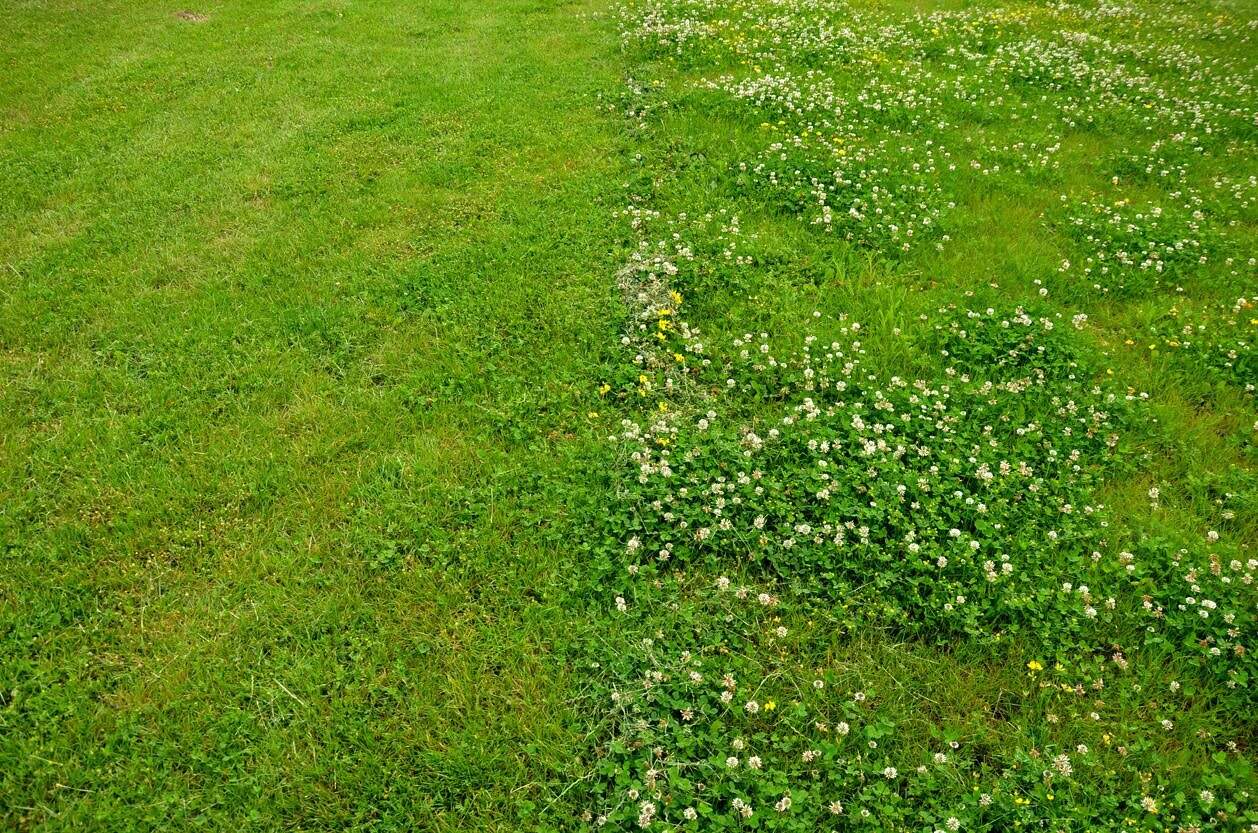

Garden Essentials
What Can I Use To Kill Ground Cover In Lawn
Modified: March 7, 2024
Looking for a solution to control ground cover in your lawn? Discover effective garden-friendly methods and products to kill ground cover and maintain a healthy garden.
(Many of the links in this article redirect to a specific reviewed product. Your purchase of these products through affiliate links helps to generate commission for Storables.com, at no extra cost. Learn more)
Introduction
Having a lush and well-maintained lawn is something that many homeowners aspire to. However, sometimes unwanted ground cover plants can start to invade the grass, creating an unsightly and uneven surface. If you find yourself dealing with this issue, you may be wondering what the best method is to get rid of the ground cover and restore the health and beauty of your lawn.
In this article, we will explore several effective methods for eliminating ground cover in your lawn. Whether you prefer chemical treatments or more natural approaches, there are options available to suit your preferences. Let’s delve into these methods and find the right solution for your specific needs.
Key Takeaways:
- Say goodbye to unwanted ground cover in your lawn! Choose from herbicides, manual removal, solarization, smothering, or vinegar for an effective and eco-friendly solution. Remember to prioritize safety and environmental consciousness.
- Keep your lawn lush and healthy by eliminating ground cover. Whether you prefer natural or chemical methods, there’s a solution for you. Just remember to be patient and thorough in your approach!
Read more: How To Kill Invasive Ground Cover
Method 1: Herbicides
When it comes to eradicating ground cover in your lawn, herbicides are a popular and effective choice. These chemical treatments effectively kill unwanted plants, allowing your grass to thrive. However, it’s important to use herbicides with caution and follow the instructions carefully to avoid any potential harm to your lawn or the environment.
Before applying herbicides, it’s crucial to identify the specific type of ground cover you’re dealing with. Different herbicides are effective against different types of plants, so understanding your target is important for successful treatment. Some common herbicides for combating ground cover include glyphosate, 2,4-D, and dicamba.
When using herbicides, take note of the following guidelines:
- Choose a calm day with no rain in the forecast to apply the herbicide. Wind can cause the spray to drift onto desirable plants, leading to unintended damage.
- Wear protective clothing, including gloves, long sleeves, and eye protection, to prevent any direct contact with the herbicide.
- Follow the instructions on the herbicide packaging regarding dilution rates, proper application techniques, and safety precautions.
- Avoid mowing your lawn for a few days before and after applying the herbicide to ensure maximum effectiveness.
- Be patient. It may take several weeks to see the full effects of the herbicide on the ground cover. Repeat applications may be necessary, depending on the severity of the infestation.
Remember, herbicides can be harmful to other plants if not used correctly, so always exercise caution when applying these chemicals. If you are unsure about using herbicides or have concerns about potential environmental impacts, consider exploring natural alternatives.
Method 2: Manual Removal
If you prefer a more hands-on approach or want to avoid the use of chemical treatments, manual removal is a viable option for getting rid of ground cover in your lawn. While it can be labor-intensive, it allows you to have direct control over the process and minimize the potential negative effects on your lawn and the environment.
To manually remove ground cover, follow these steps:
- Identify the extent of the ground cover and mark the areas to be cleared. This will help you stay organized and focused on the task at hand.
- Start by trimming back the ground cover to a manageable length. Using a pair of garden shears or a lawnmower set to a low height, carefully cut back the plants to expose the base and make removal easier.
- Begin pulling up the ground cover, starting from the edges and working your way inward. Use a garden fork or hand trowel to loosen the roots if necessary.
- Remove as much of the roots as possible to prevent regrowth. Some ground cover plants have invasive and resilient root systems, so it’s important to be thorough in your removal efforts.
- Dispose of the removed ground cover plants properly. Depending on the type of ground cover, you may be able to compost them. However, if the ground cover is invasive or diseased, it’s best to dispose of them in sealed bags or through green waste collection.
Manual removal can be time-consuming, especially if you’re dealing with a large infestation. Consider recruiting friends or family members to help or break up the task into manageable sections. Additionally, regular maintenance and monitoring will be necessary to prevent the ground cover from regrowing and spreading.
While labor-intensive, manual removal provides a more eco-friendly option for eliminating ground cover without the use of chemicals. It’s a great choice for those who prefer a natural approach or want to exercise greater control over the process.
Method 3: Solarization
Solarization is a technique that utilizes the power of the sun to kill off unwanted ground cover and other weed species. This method is particularly effective for warm-season weeds and can be an environmentally-friendly solution for controlling ground cover in your lawn.
To use solarization for eliminating ground cover, follow these steps:
- Mow the lawn as short as possible to expose the ground cover plants.
- Water the area thoroughly to ensure that the soil is moist. This will help conduct heat during the solarization process.
- Cover the infested area with a transparent plastic sheet, such as a clear polyethylene tarp. Secure the edges of the tarp to the ground to create an airtight seal.
- Leave the plastic sheet in place for at least 4-6 weeks during the hottest part of the summer. This allows the sun’s rays to penetrate the tarp and heat up the soil, effectively killing off the ground cover plants.
- After the solarization period, carefully remove the plastic sheet and dispose of it properly.
- Inspect the area and remove any remaining dead plant material.
Solarization works by raising the temperature of the soil to a level that is lethal to many weed species. It can effectively kill off ground cover plants and their seeds, reducing the likelihood of regrowth. However, it’s important to note that solarization may also affect beneficial organisms in the soil, so it’s best suited for small, localized areas rather than large sections of the lawn.
It’s important to keep in mind that solarization may not be as effective in areas with colder climates or during cooler seasons. Additionally, this method requires ample sunlight and consistent temperatures to work. Nonetheless, for those in suitable regions, solarization can be an efficient and eco-friendly approach to combating ground cover in your lawn.
To kill ground cover in a lawn, you can use a non-selective herbicide like glyphosate. Be sure to follow the instructions on the label and apply carefully to avoid harming desired plants.
Method 4: Smothering
Smothering is a natural and chemical-free method to eliminate ground cover in your lawn. This technique works by depriving the ground cover plants of sunlight, effectively suffocating them and preventing regrowth. Smothering can be particularly effective for low-growing ground covers, such as creeping thyme or ivy.
To smother ground cover, follow these steps:
- Cut the ground cover back as short as possible to make the smothering process more effective. Use garden shears or a lawnmower set to a low height for this step.
- Cover the ground cover with several layers of newspaper or cardboard. Make sure to overlap the edges to create a solid barrier against sunlight.
- Water the covered area to keep the newspaper or cardboard in place and aid in the decomposition process.
- If desired, you can further secure the covering with a layer of mulch, such as wood chips or straw, to improve aesthetics and prevent the covering from being blown away by wind.
- Leave the covering in place for several months, allowing it to smother the ground cover plants and break them down.
- After the allotted time, remove the covering and any remaining plant material.
Smothering is a slow but effective method for eliminating ground cover, especially when combined with regular monitoring and maintenance. The lack of sunlight prevents photosynthesis and weakens the plant’s root system, causing it to eventually die off.
Keep in mind that this method may not be suitable for all types of ground cover. Some vigorous and invasive species may be resilient to smothering, requiring more aggressive techniques or professional assistance to eradicate.
Smothering can be a natural and environmentally-friendly method to eliminate ground cover without the use of chemicals. It’s important to remain patient and thorough during the smothering process to achieve the desired results.
Read more: How To Kill Ivy Ground Cover
Method 5: Vinegar
Vinegar is a popular and natural alternative for eliminating ground cover in your lawn. The acetic acid present in vinegar acts as a herbicidal agent, effectively killing off unwanted plants. It is an eco-friendly option that can be easily applied and is safe for the environment.
To use vinegar as a herbicide for ground cover, follow these steps:
- Fill a spray bottle with white vinegar, preferably one with a higher acetic acid concentration, such as horticultural vinegar. Avoid using vinegar that has been diluted or mixed with other ingredients, as this may reduce its effectiveness.
- Choose a calm day with no rain in the forecast to spray the vinegar. Wind may cause the vinegar to drift and come into contact with desirable plants.
- Target the ground cover directly by spraying the vinegar onto the leaves and stems. Make sure to thoroughly coat the plants, as the acetic acid needs to come into contact with the plant tissue to be effective.
- Avoid spraying the vinegar on surrounding grass or plants that you want to keep. If necessary, use a shield or piece of cardboard to protect desirable plants.
- Wait for a day or two to assess the effectiveness of the vinegar treatment. Depending on the species of ground cover and its resilience, you may need to repeat the process if necessary.
It’s important to note that vinegar is a non-selective herbicide, meaning it can damage or kill any plant it comes into contact with. Exercise caution when using vinegar as a treatment for ground cover, and avoid spraying it on lawns or areas where you want vegetation to thrive.
While vinegar can be an effective herbicide for small patches of ground cover, it may not be as efficient for larger areas. In such cases, consider combining vinegar with other methods, such as manual removal or smothering, for more comprehensive control.
Remember to use vinegar responsibly and follow local regulations regarding its use. Additionally, keep in mind that vinegar may temporarily alter the pH of your soil, so monitoring and necessary amendments may be required after treatment.
Conclusion
Dealing with ground cover in your lawn can be a frustrating and challenging task. However, with the right methods and techniques, you can effectively eliminate it and restore the health and beauty of your lawn.
Herbicides provide a quick and powerful solution, but it’s essential to use them carefully and according to instructions to avoid unintended damage. Manual removal allows for a hands-on approach and is a natural alternative, albeit labor-intensive. Solarization utilizes the power of the sun to eliminate ground cover, while smothering and vinegar offer environmentally-friendly options without the use of chemicals.
When choosing the best method for your situation, consider factors such as the type of ground cover, the size of the affected area, and your personal preferences regarding natural or chemical treatments.
Remember to always prioritize safety and environmental consciousness when applying any treatment method. Consider seeking professional advice or assistance if you’re unsure about how to proceed or if the ground cover infestation is severe.
Maintaining a healthy and vibrant lawn requires ongoing maintenance and regular monitoring to prevent the reestablishment of ground cover. Regular mowing, proper watering, and timely weed control will help keep your lawn in optimal condition.
By employing the right techniques and approaches, you can successfully eliminate ground cover and enjoy a lawn that is both visually appealing and flourishing with healthy grass.
Frequently Asked Questions about What Can I Use To Kill Ground Cover In Lawn
Was this page helpful?
At Storables.com, we guarantee accurate and reliable information. Our content, validated by Expert Board Contributors, is crafted following stringent Editorial Policies. We're committed to providing you with well-researched, expert-backed insights for all your informational needs.

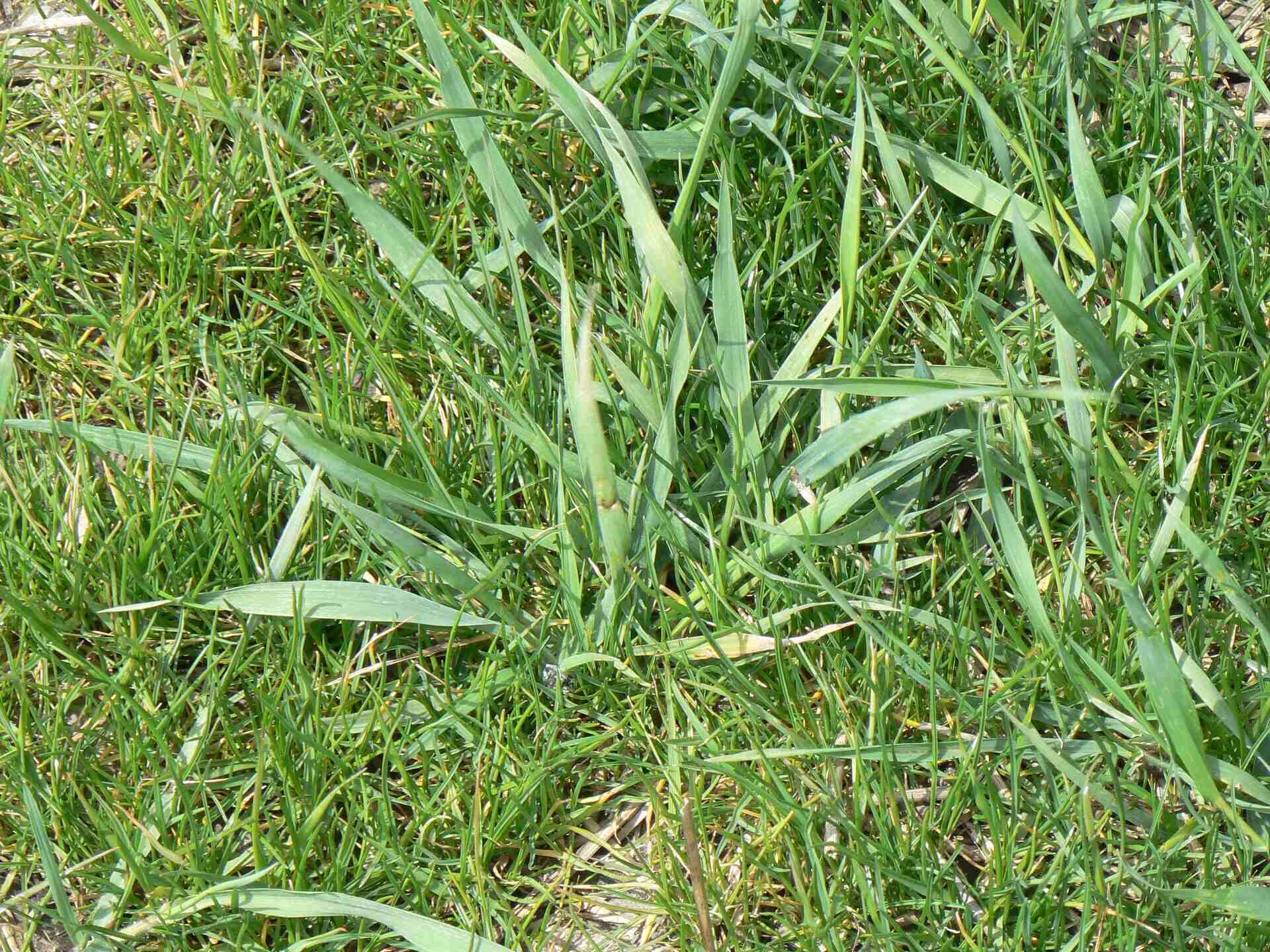
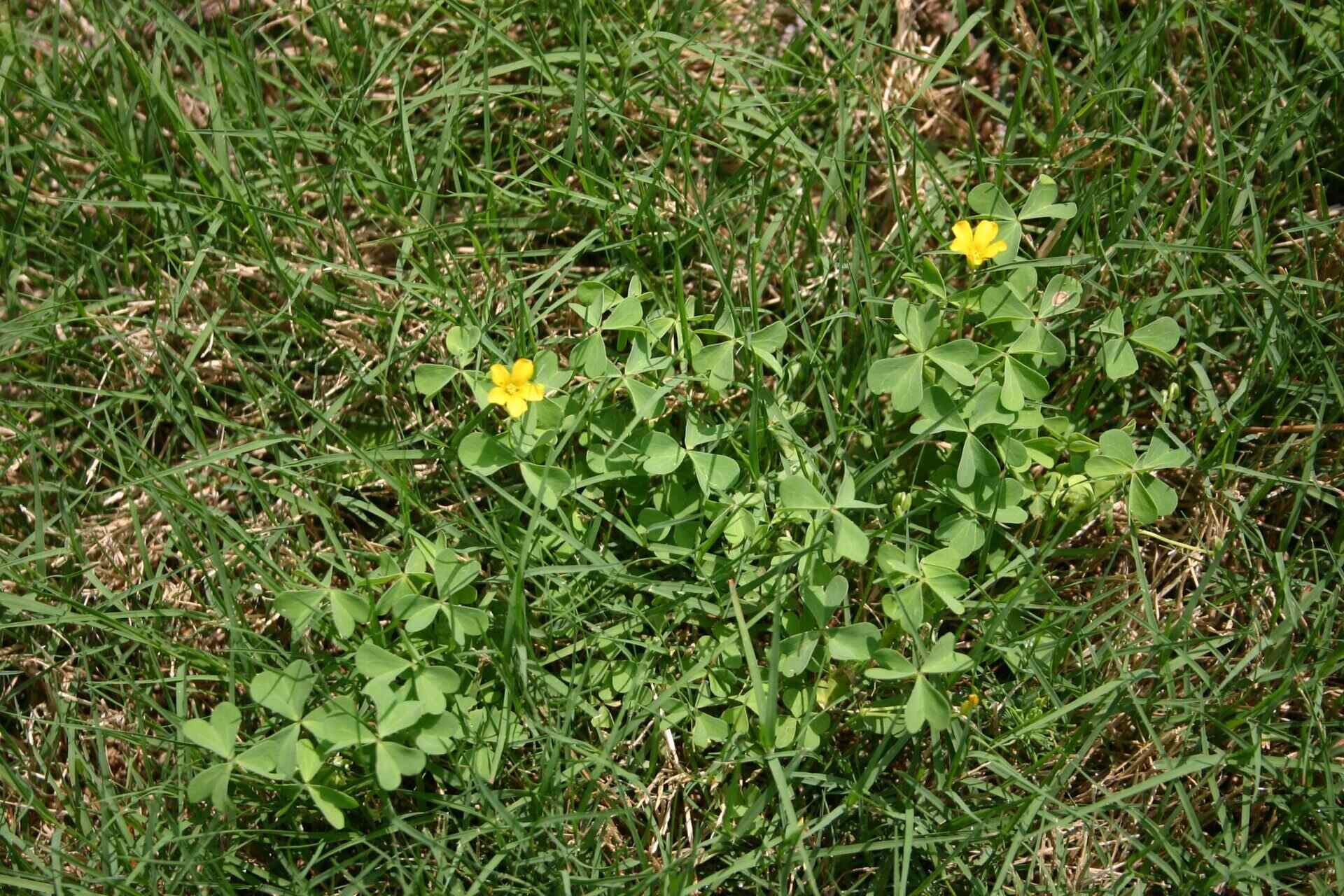
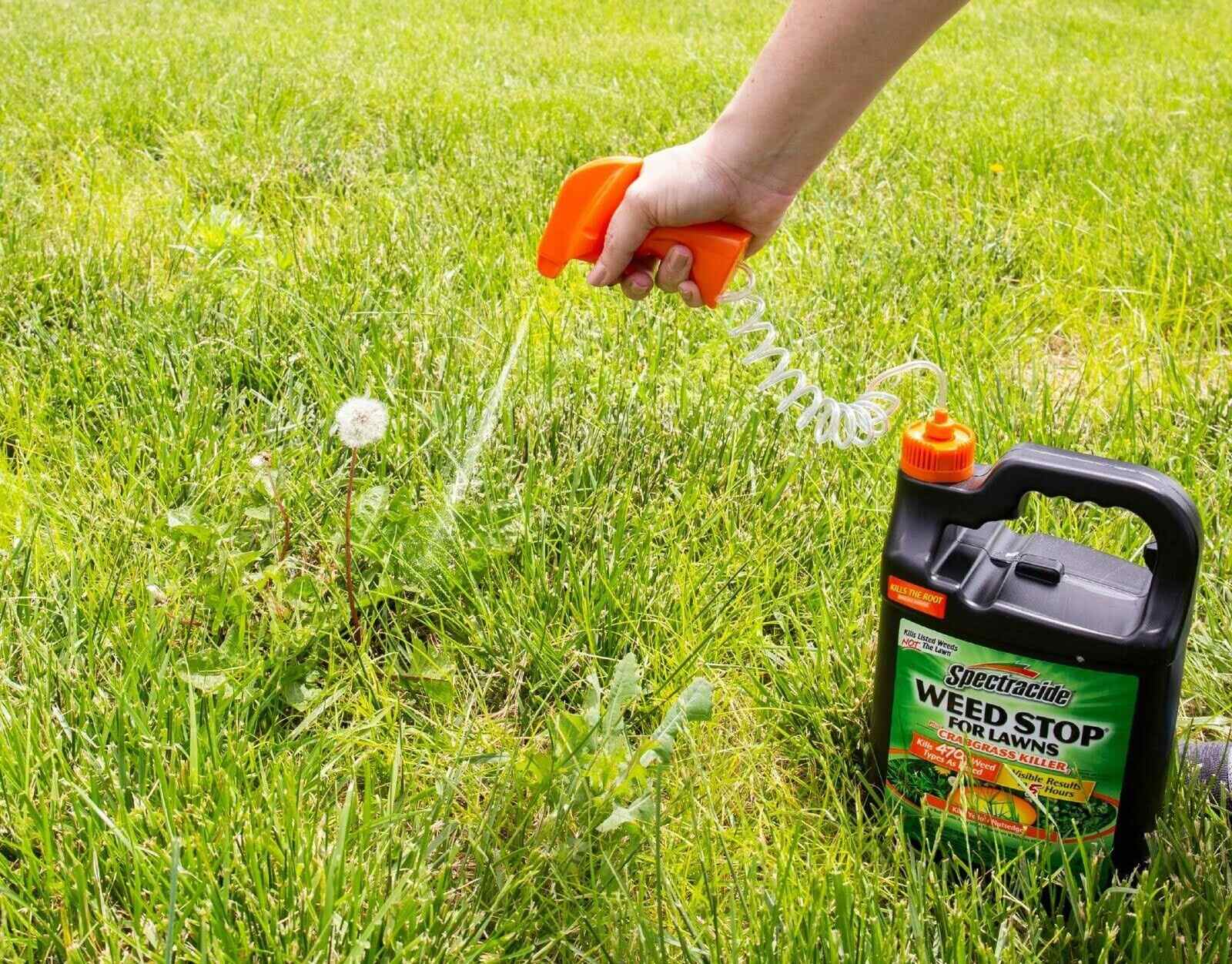

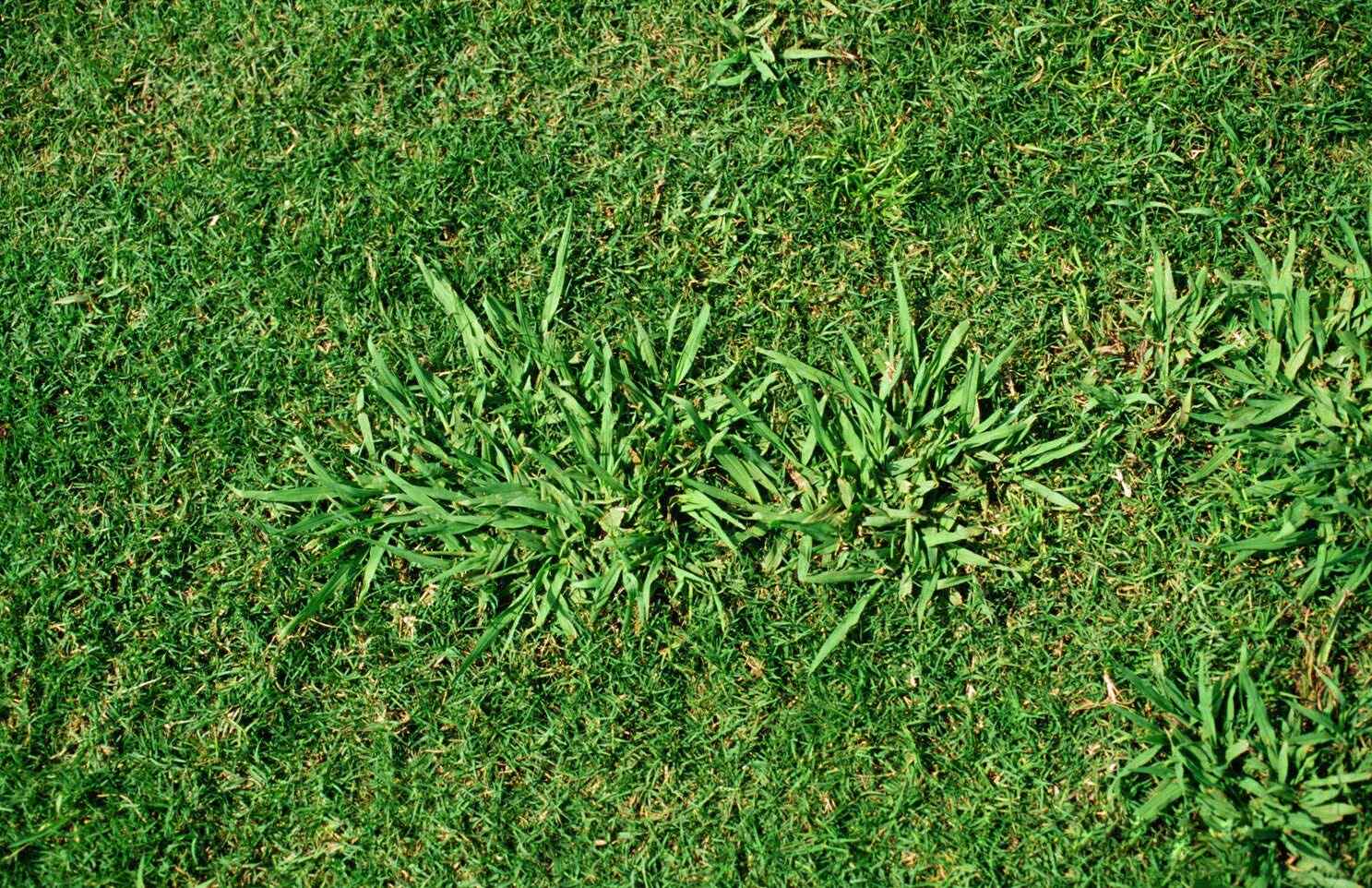

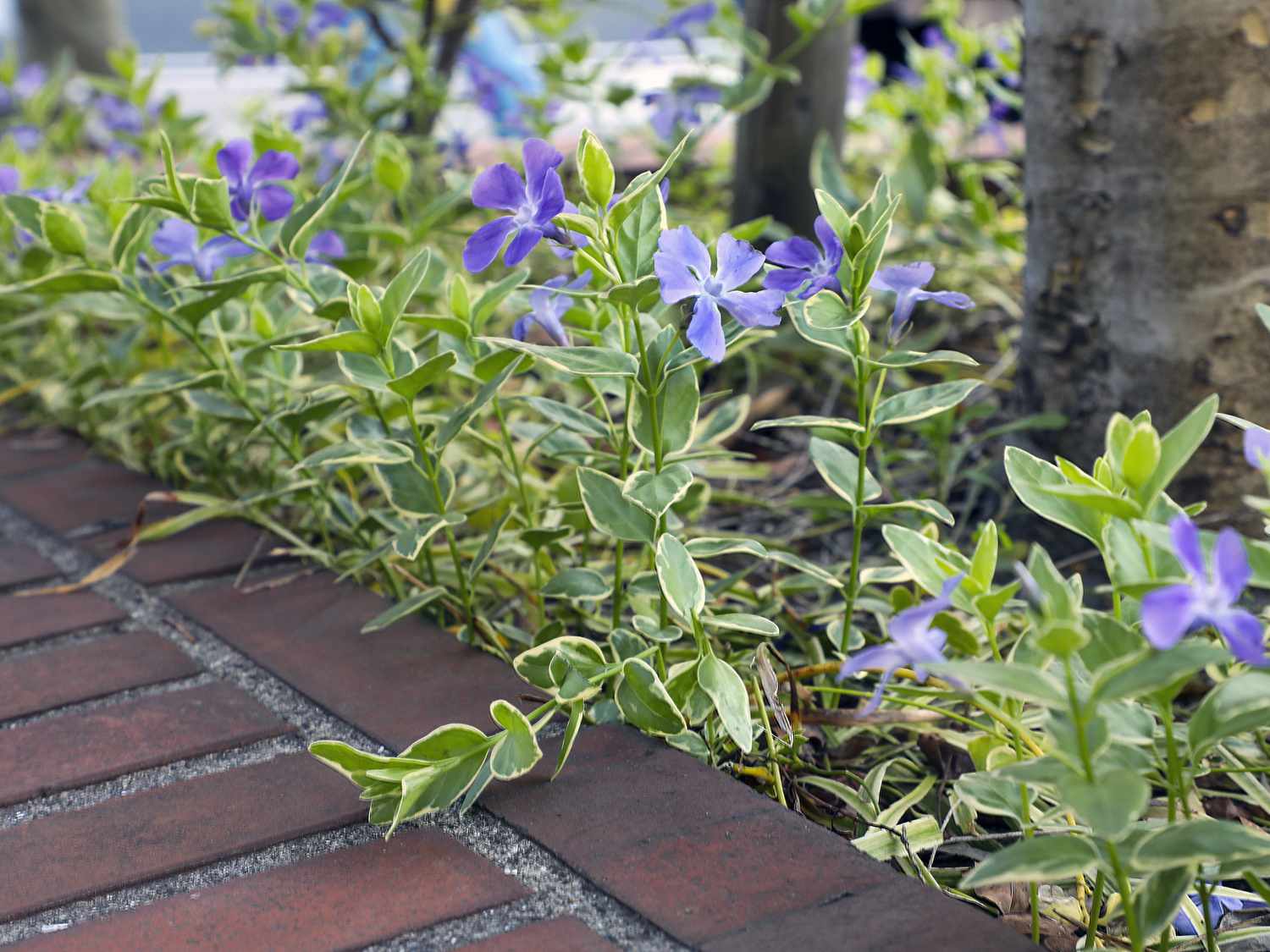
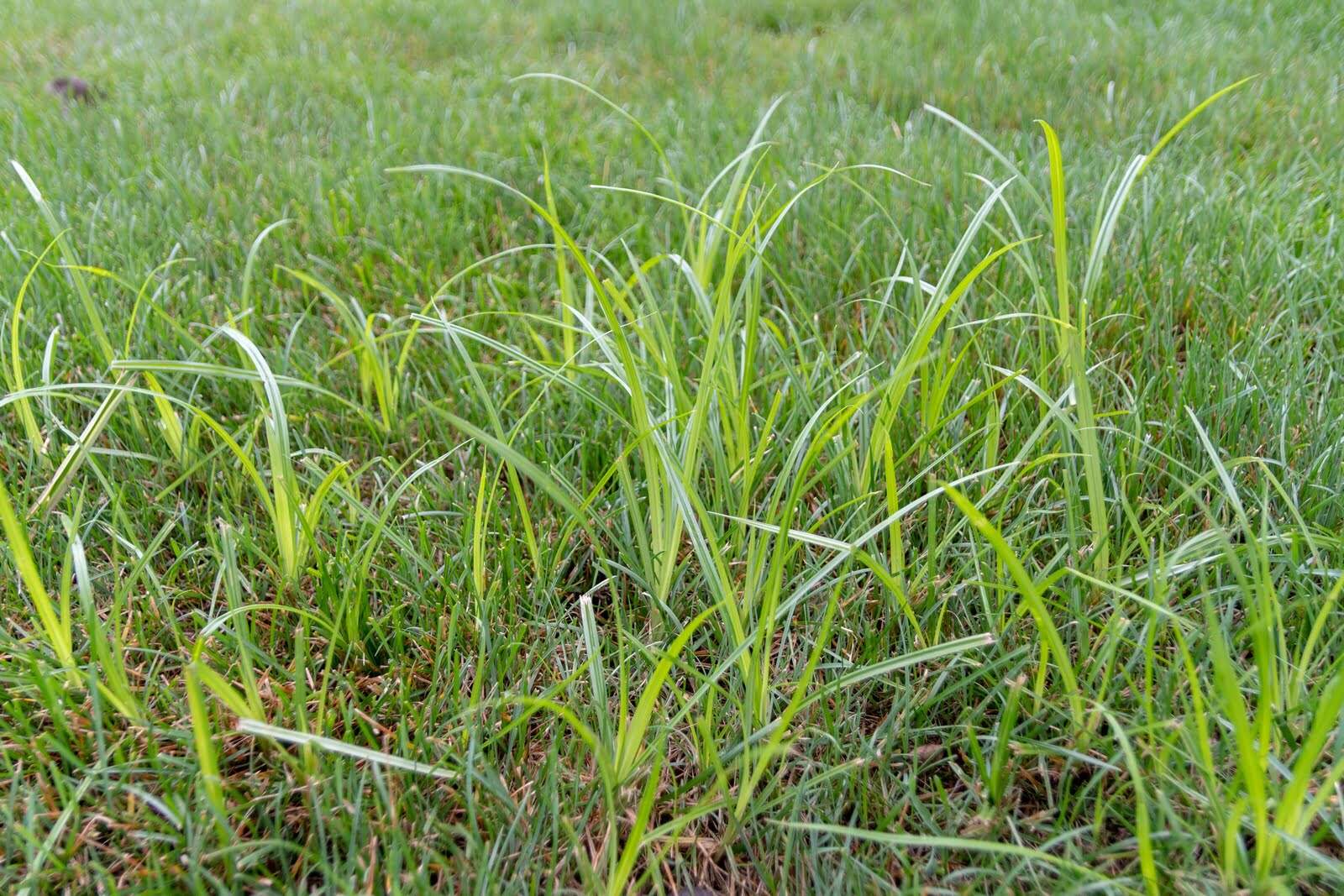
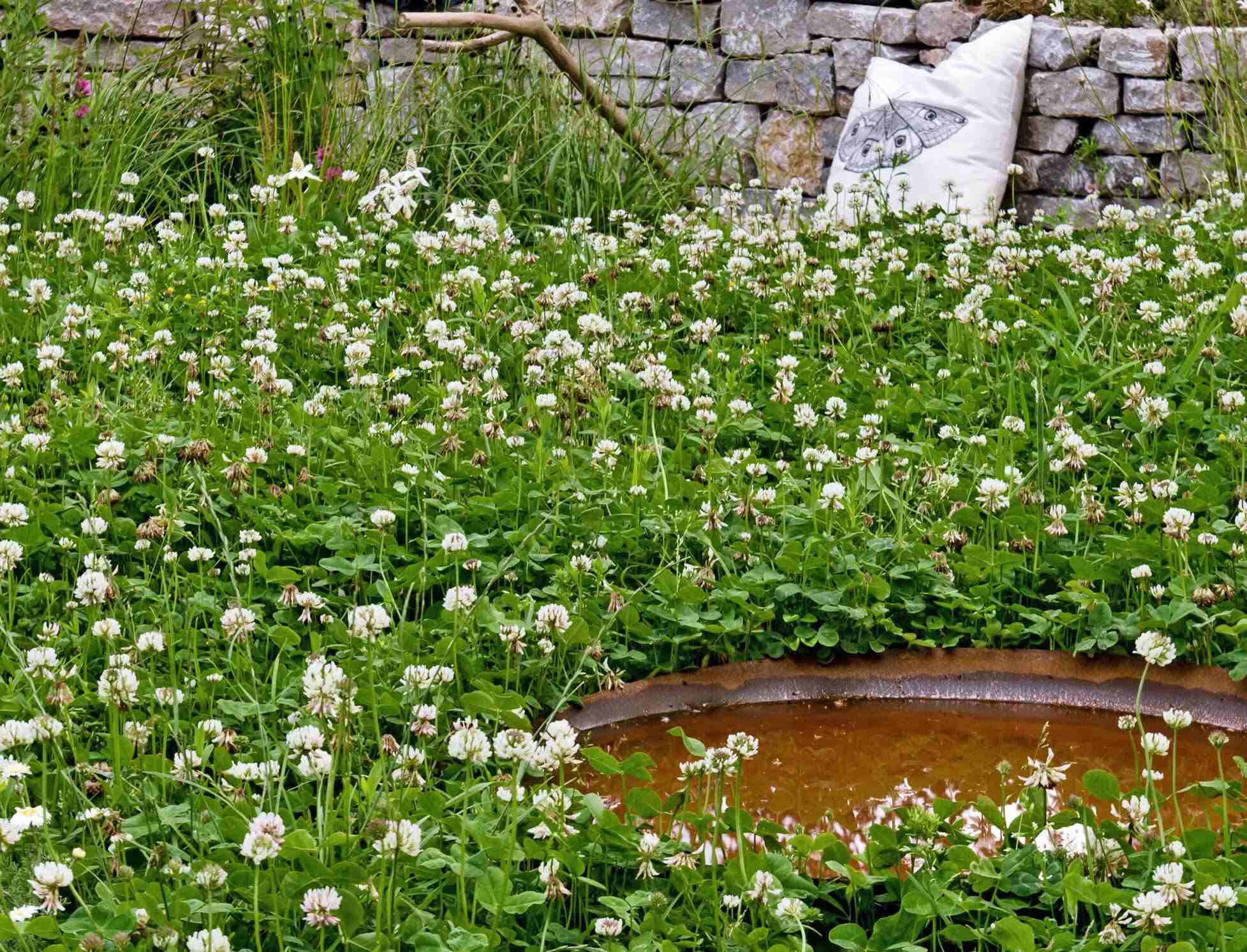
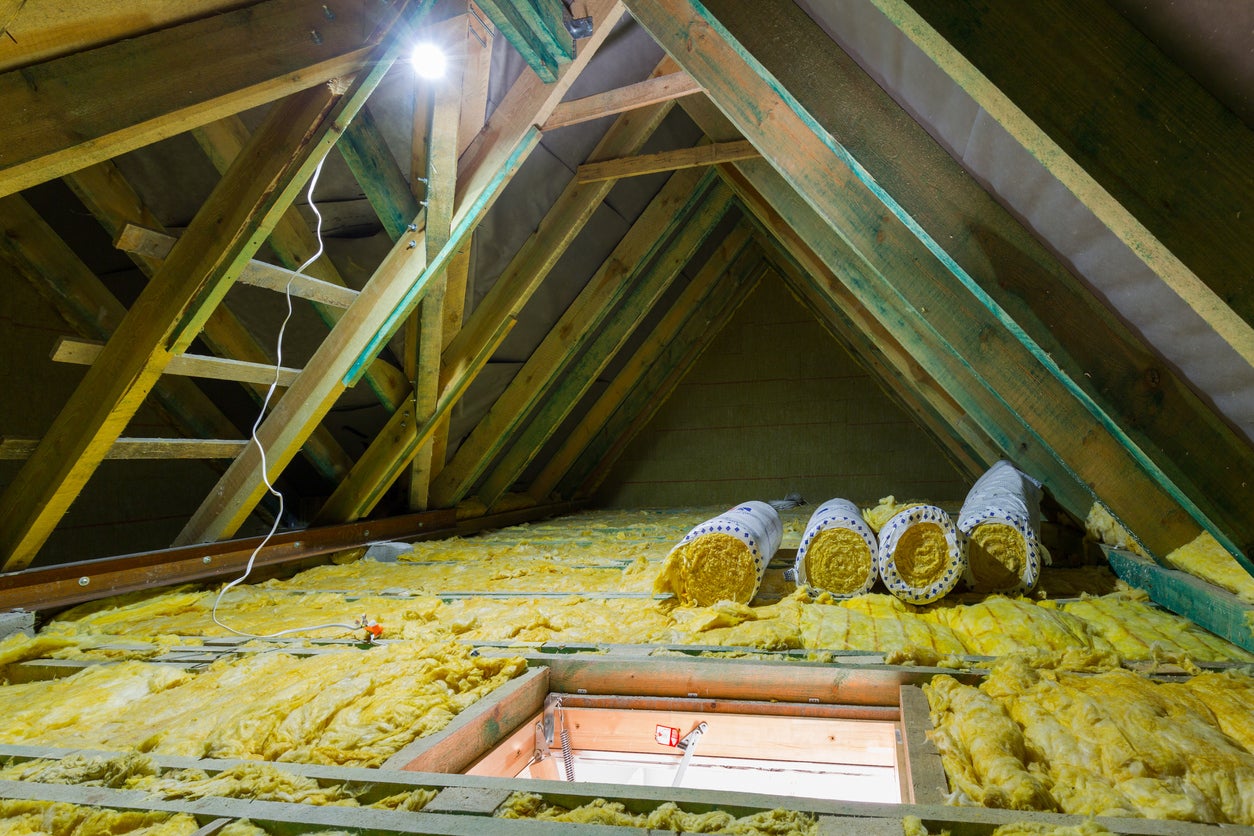
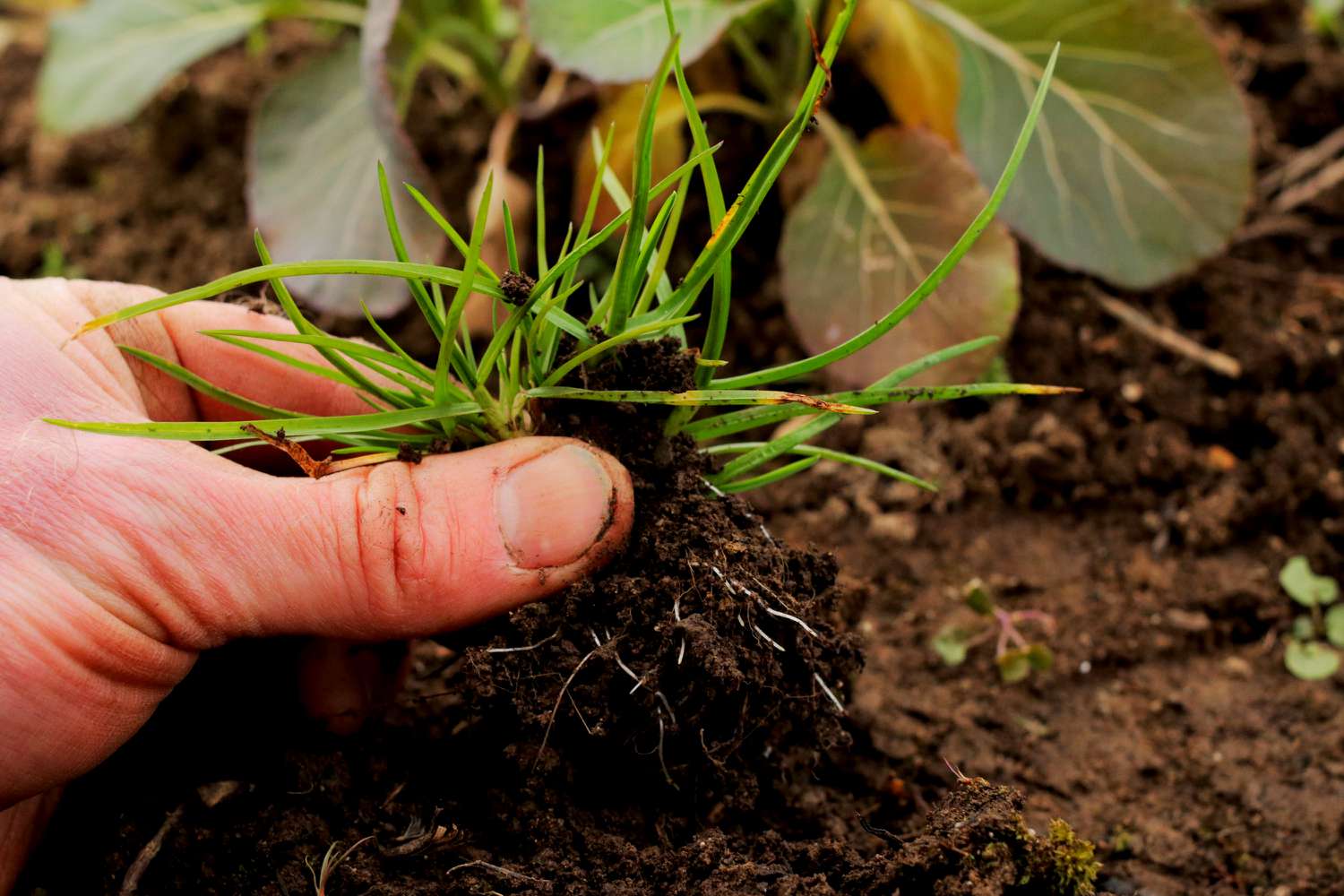
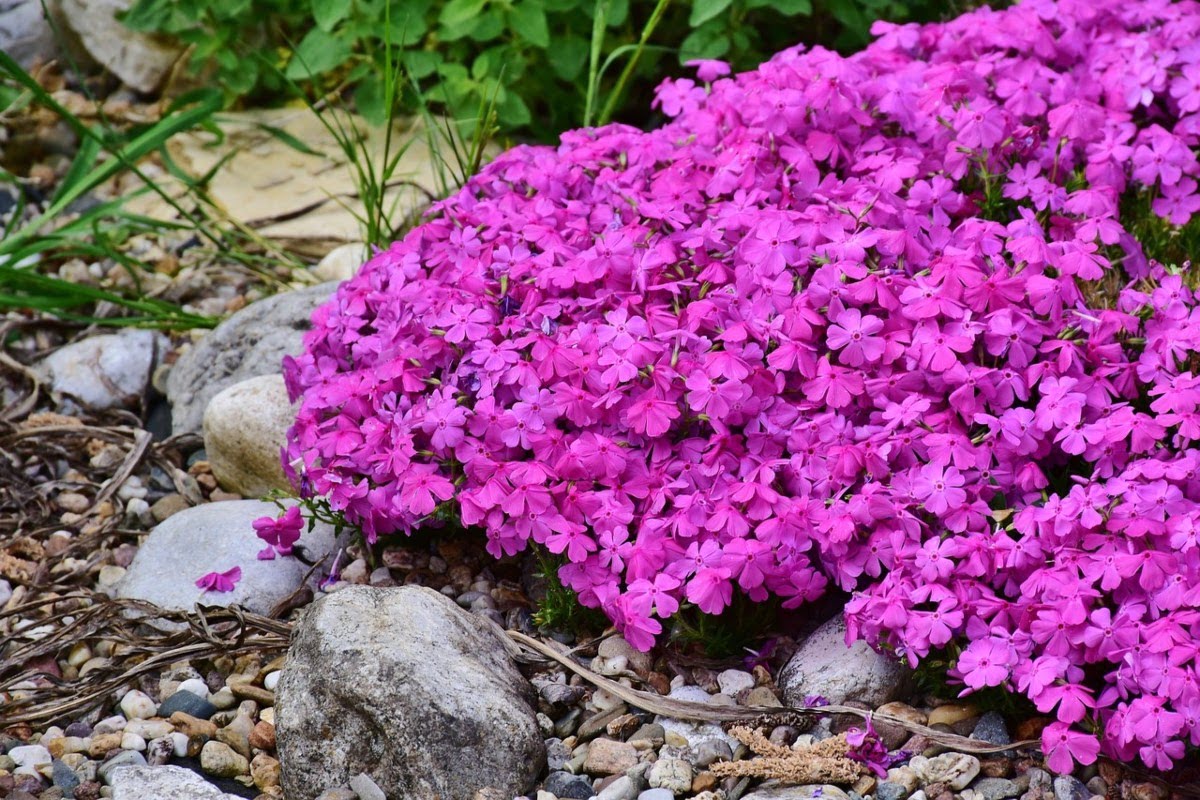
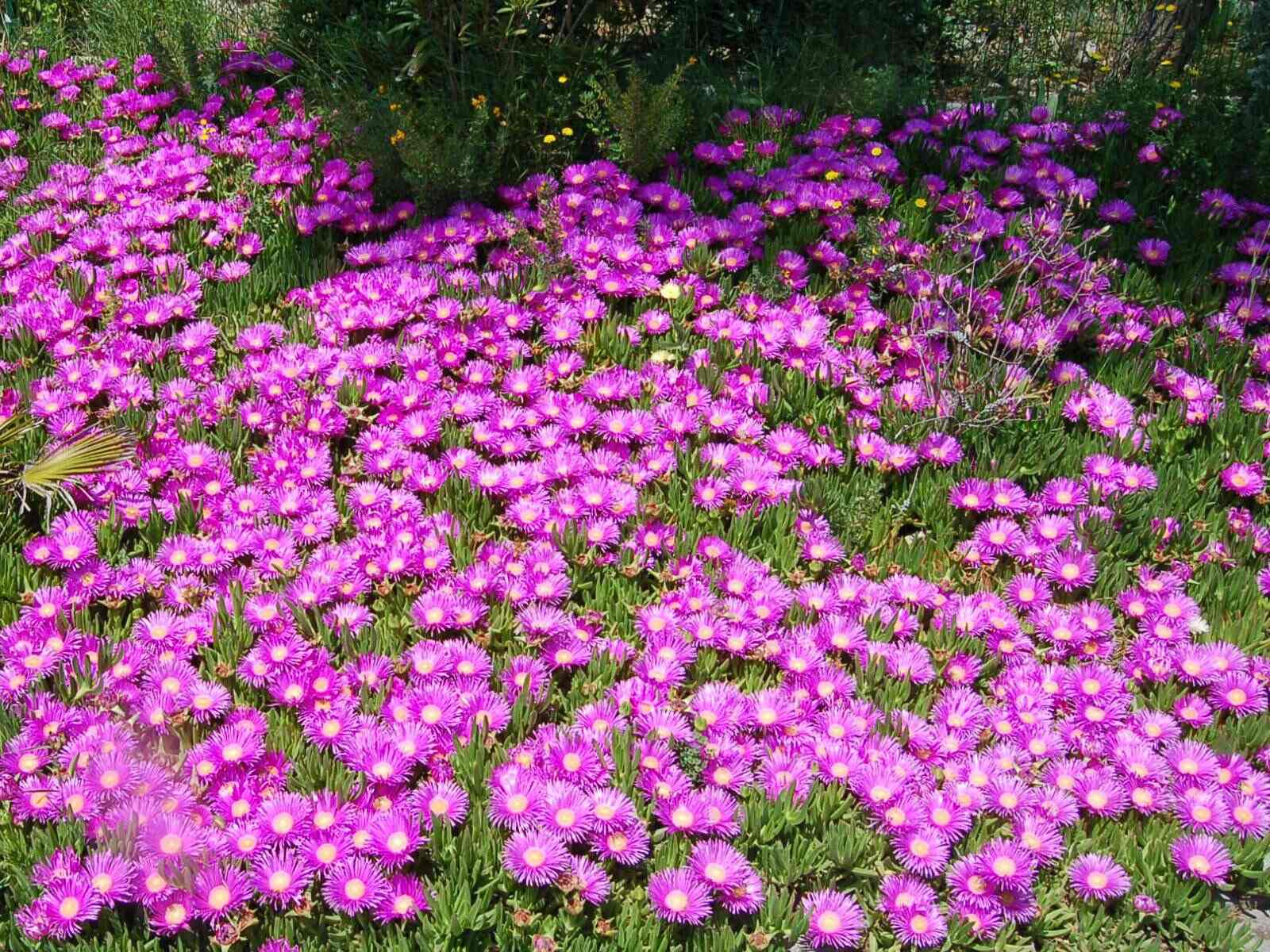

0 thoughts on “What Can I Use To Kill Ground Cover In Lawn”